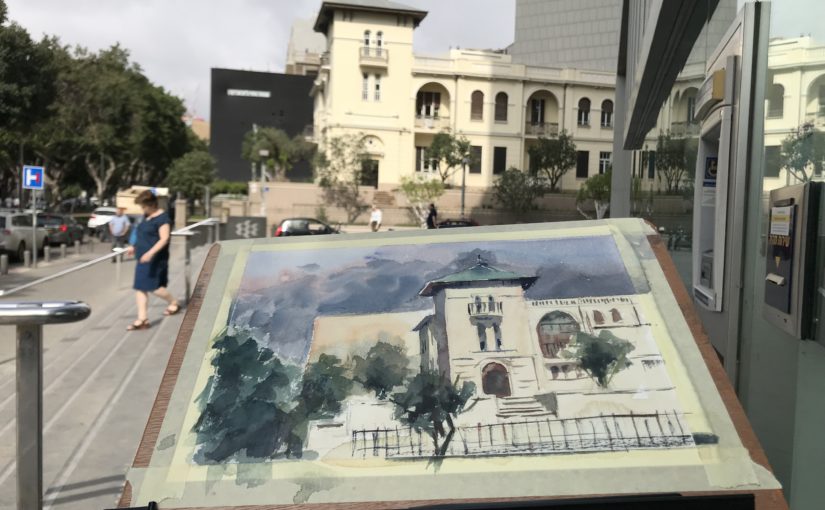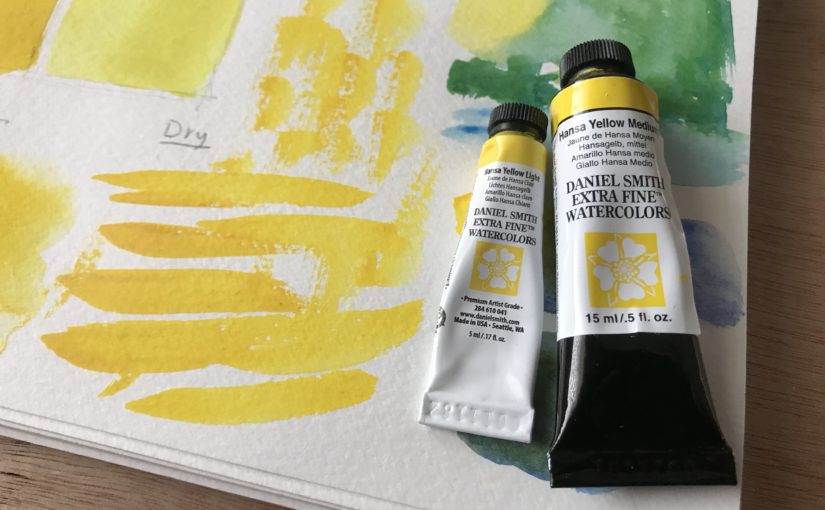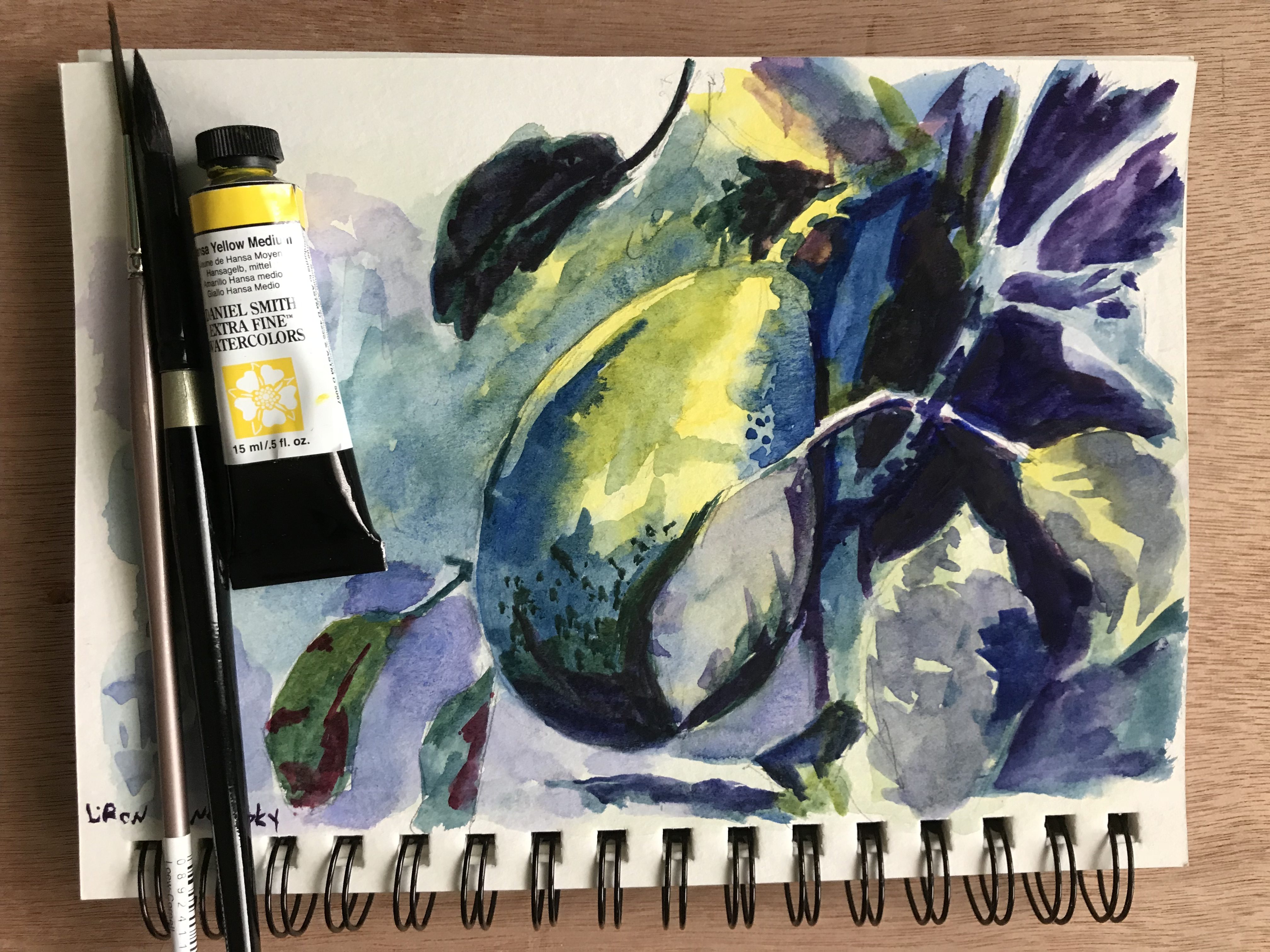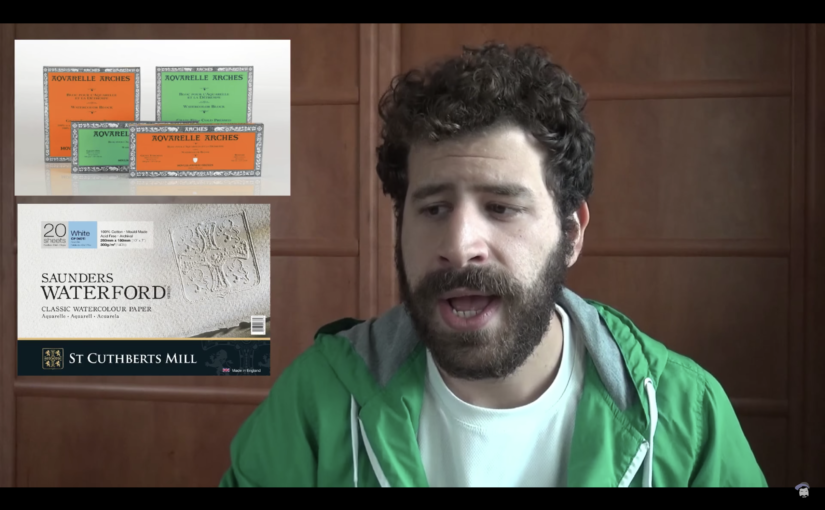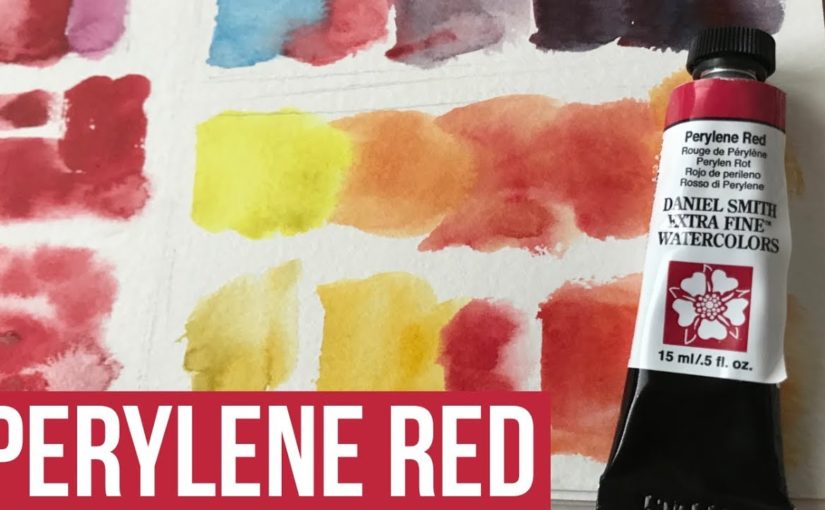Podcast: Play in new window | Download
What gives us permission to teach others? And to charge for it?? These are the questions I’d like us to answer today!
A Question in a YouTube Comment
I was asked about this in a YouTube comment. One of my followers there wanted to know – how do I know I can teach?
The funny thing was – I immediately knew the answer!
Listening Allows me to Teach
What I do is share my knowledge as I learn it. I don’t front or pretend, but rather simply share things as I learn them.
I actually feel very lucky. Building an audience on YouTube has allowed me to gain a lot of feedback.
What I do is listen to what you say, and react. Once I saw many followers started asking me about when I’ll create a course, or a book – I knew it was time.
Teaching Watercolor Painting
I’m relatively new to this medium, so up until perhaps 6 months ago, I haven’t even thought of teaching it.
But then comments started piling up. People were asking me to teach, and I started feeling comfortable with the medium. So I went for it!
Listening Has more Advantages
I really focus on that in the episode. Aside from helping me gauge when I can teach, listening has done much more for me.
It gives me new ideas for videos and podcast episodes (like this one!). It allows me to learn what my strengths and weaknesses are.
I also think my growth is consistent (and rapid at times) because I listen. I try to provide exactly what YOU want me to, as long as it’s “in my lane”.
It’s how I got my idea to start (and continue) Business Monday, or my upcoming series “From Watercolor to Pen Sketch” (that I probably will turn into a series).
To Teach You Have to Know
I do think that in addition to the above, in order to be a good teacher – you have to actually know what you’re talking about.
I think the perfect combination is having good intentions + knowledge and experience. I strive to hone and improve both of these.
If you can teach people something they do not know, and you come from a good place, you will have a positive impact.
Also, if you can provide others with teachings they CAN’T GET ANYWHERE ELSE – that’s the real magic formula.
I’m trying to leverage my personality in anything I do. It’s the one thing that makes me truly unique.
Conclusion
I really think there are two sides to this.
One side is being self-aware, and knowing your skills, strengths and weaknesses. The other is LISTENING to others (awareness that’s directed outwards).
I hope you enjoyed discussing this concept! Let’s move onto the artist corner!
Artist Corner
Today we talked about John Yardley. He’s a FANTASTIC British painter.
John has a very interesting life story. He was a banker all of his life. Then, at the age of 53 he decided to devote his life to art.
His inspirations are Edward Seago and Edward Wesson.
I love his style. He tends to not overcomplicate things. His style is less stressful and doesn’t necessarily require working super-fast. It doesn’t make you worry about everything being connected, but it works really well!
I love his unique color scheme as well.
You can read more about him here: John Yardley on ArtNet
And you can watch a really good APV video here: Watercolour Moments: John Yardley
And Here’s where you can find me (:
You can support me on Patreon
Check out my YouTube Channel – Liron Yanconsky
Or ask me questions on Instagram – @LironYanIL or Snapchat – @LironYan3
And this is it. I hope you enjoyed this episode, and I’ll talk to you again real soon!
– Liron

